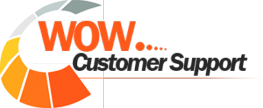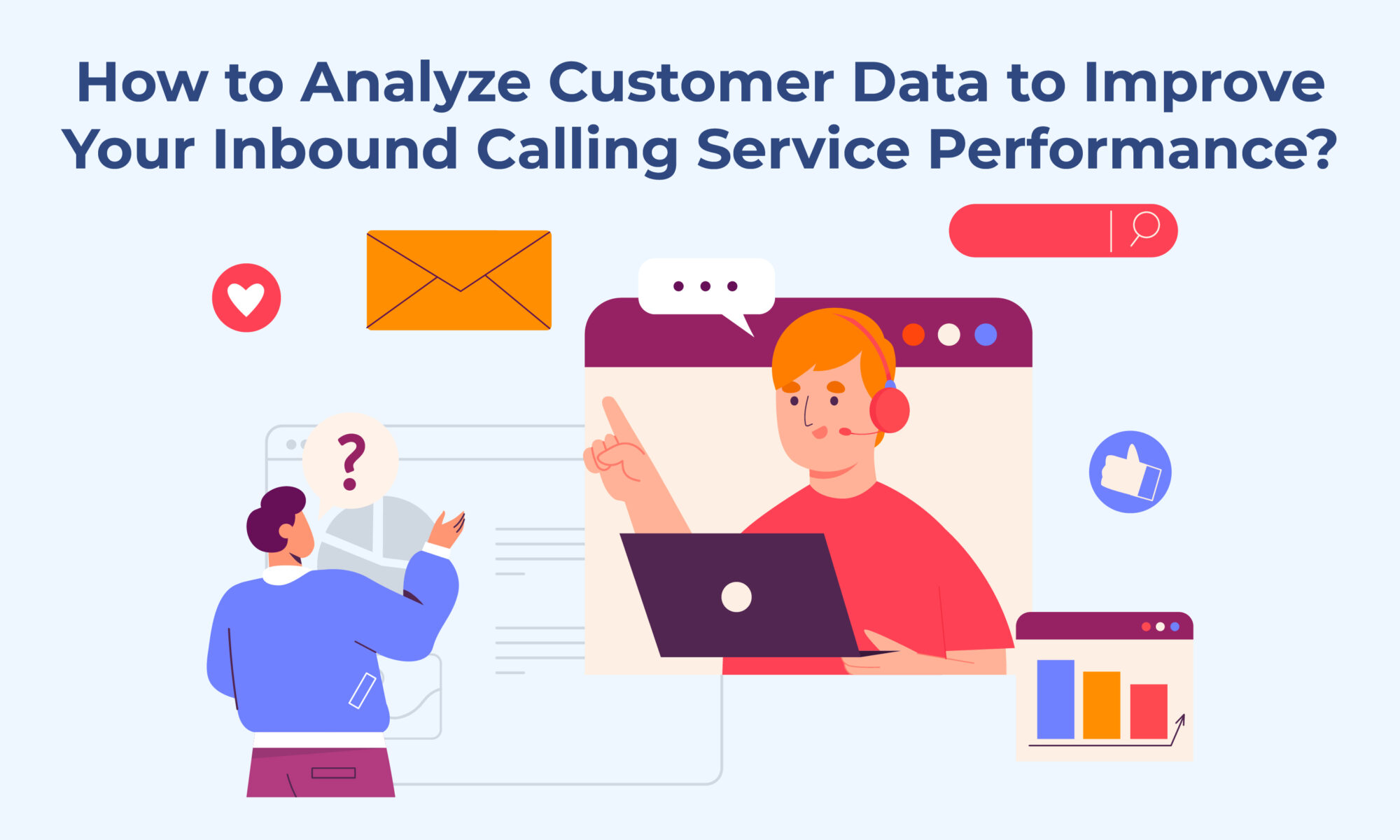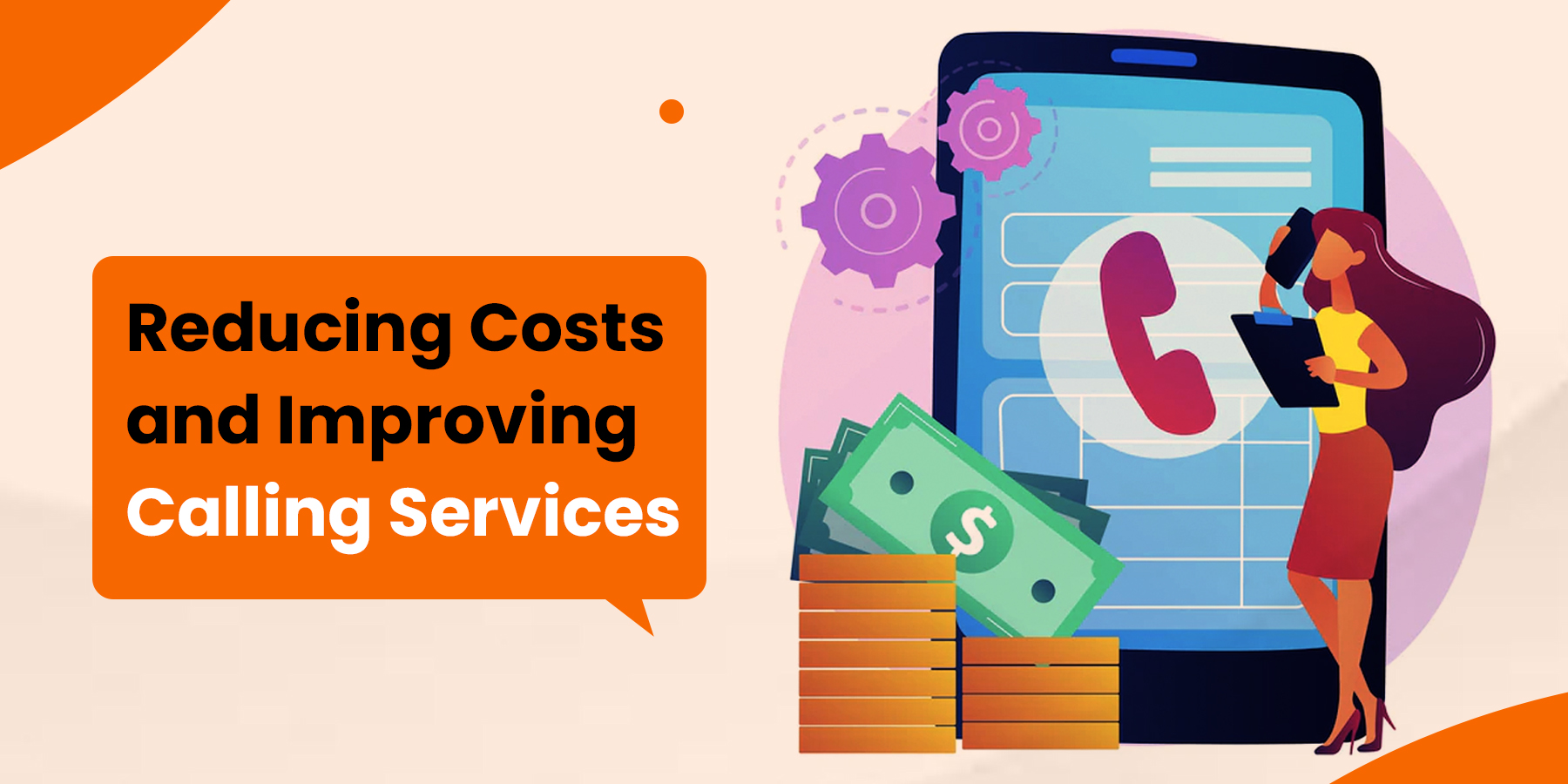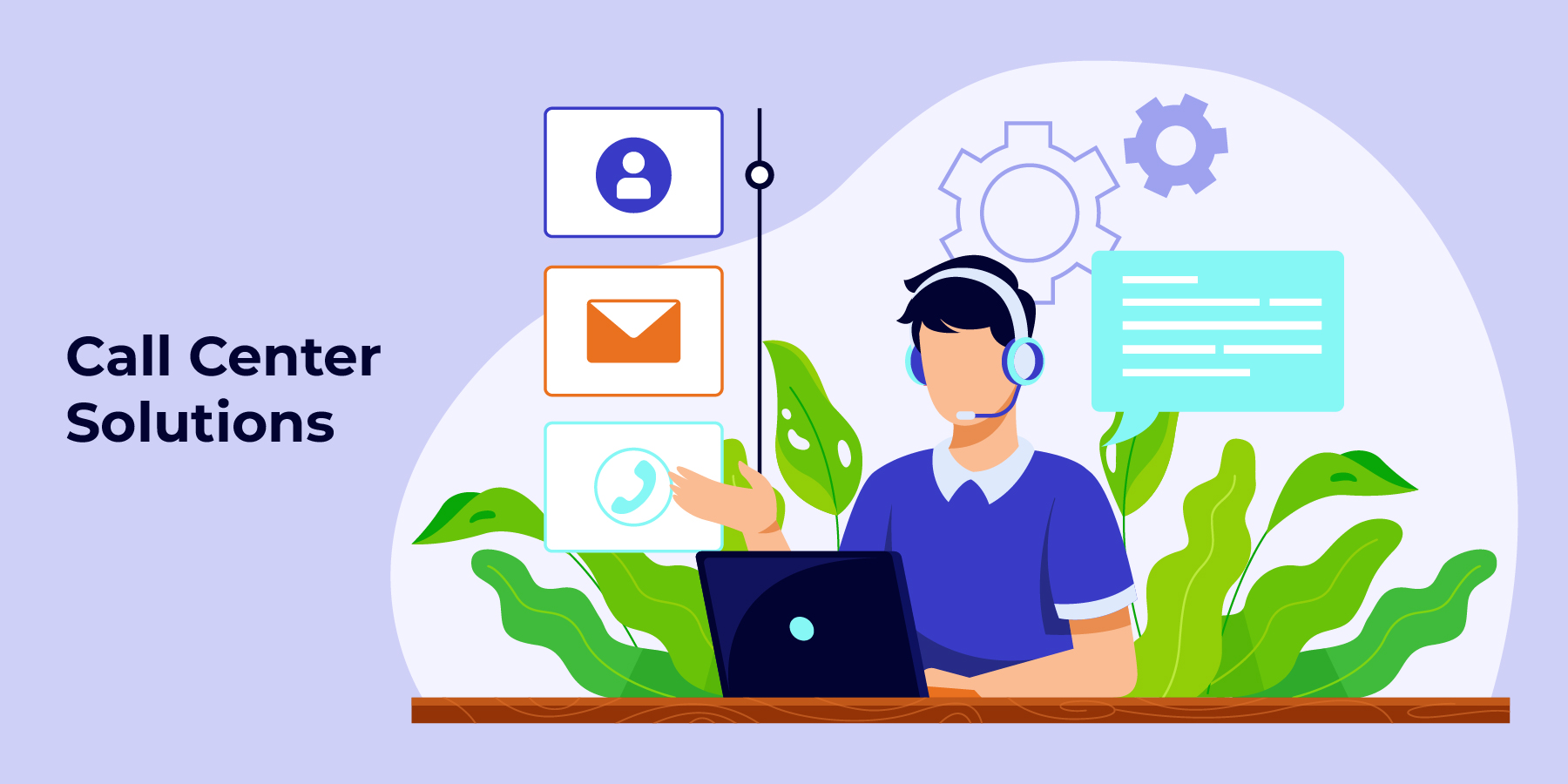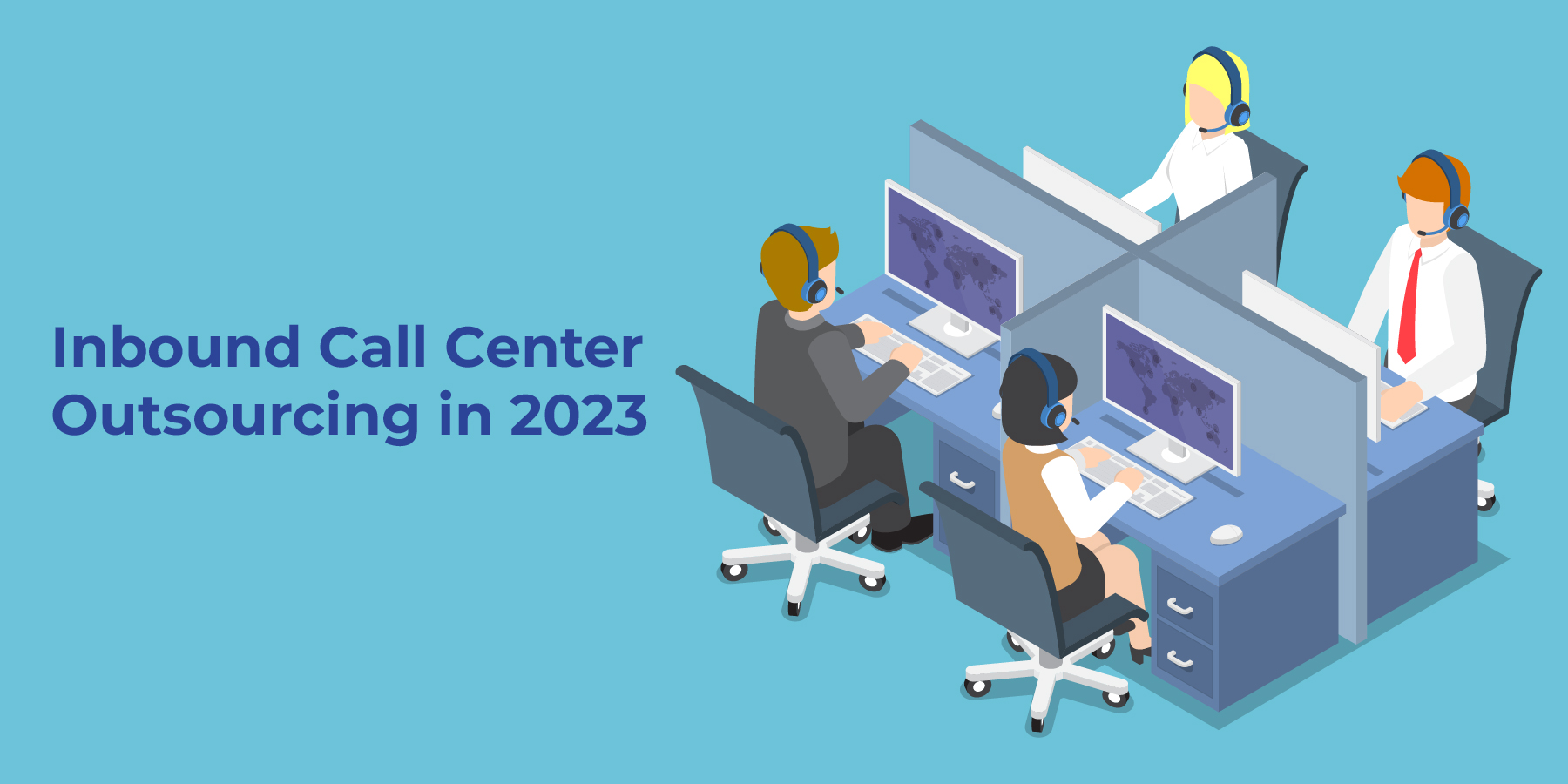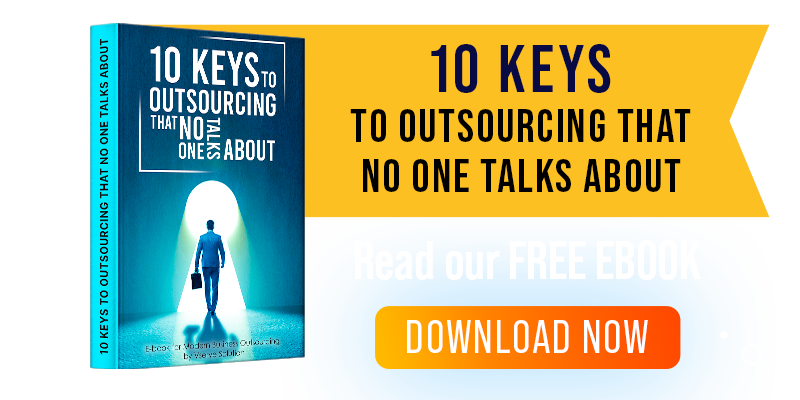The way the world economy is set up now means that customers decide what a good brand or high-quality service is. Just like in any other business, the customer decides the image and goodwill of a logistics company. In transportation, then, good customer service is very important.
Logistics is a big part of how productive and efficient a business is. With the right logistics plan, it's easy to get things to the market or get raw materials. But it takes more than just planning. Customer service is an important part of any transportation plan that wants to work.
Good customer service is an important part of planning for making sure that everything runs smoothly. Because of this, logistics account in call center has become more and more important for freight forwarders around the world in recent years.
Table of Contents
The Role of Call Centers in Logistics Operations
How Customer Service is a Market Advantage in Logistics Industry
The Importance of Customer Service in the Logistics Industry
Tips to Establish and Improve Call Center Service Department in Logistics
Delivering Top-Notch Customer Service with Outsourced Call Center Services
Case Study Snapshot: Scaling CX with Outsourced Support
Frequently Asked Questions (FAQs)
The Role of Call Centers in Logistics Operations
In the logistics industry, call center service encompasses a specialized team that manages client communication touchpoints, before, during, and after delivery. These touchpoints include:
- Tracking updates
- WISMO (Where Is My Order?) inquiries
- Delivery delays or disruptions
- Returns or refunds
- Pre-sales questions and fulfillment confirmations
With customer expectations rising, there's been a marked shift from traditional voice-only models to omnichannel support via live chat, SMS, WhatsApp, and social media.
In fact, according to Salesforce, 80% of customers expect real-time updates from logistics brands.
A well-structured outsourced contact center today can serve as an operational command hub that handles fluctuating customer demand while maintaining SLA adherence and CX excellence.
How Customer Service is a Market Advantage in Logistics Industry
Logistics in call center refers to the group of people who handle all of a business's contacts with its clients. It answers to questions and concerns and also keeps track of how well the service works overall. Customer service spending keeps going up because there is more competition in the market and new ways for people to connect with each other, like social networks.
This sector is now most responsible for connecting demand to service and finding operational problems with expected delivery. It is also in charge of making customers happy.
The Importance of Customer Service in the Logistics Industry
As stated earlier, logistics call center holds a very high value in the logistics industry. Logistics businesses are the partners who ensure that things are delivered to suitable locations, on schedule, and at a reasonable cost. A single disruption in the transportation process can be devastating for the firm, significantly impacting logistics customer service.
Therefore, the focus of customer service should be switched from a product-oriented strategy to a customer-focused strategy to develop long-term relationships with customers and gain their loyalty.
According to Front's 2019 Logistics Tech Trends research, customer service is a vital component of 98% of logistics organizations' entire business strategy. And 55% indicated their most significant issue is keeping up with customer service 24 hours a day, seven days a week.
The following pointers touch on the importance of customer service in logistics and how customer service propels a company forward:
Good Customer Service Helps in Building Customer Loyalty
When you keep a client, you automatically raise your profits. A repeat client is someone who is loyal to a company and hence spends more money on its products and services. As a result, the company pays less on running costs while earning more from returning customers.
Logistics call center improves client retention and ensures recurring business at a cheaper cost than Customer Acquisition Costs (CAC). Moreover, it costs 6-7 times more to acquire a new customer than to keep an existing one. As a result, investing in customer service can lower the churn rate, which ultimately reduces the amount spent on gaining new customers and the overall CAC.
A Positive Brand Image is Enhanced By Excellent Customer Service
Customers are the ones that create brands. Excellent customer service improves your brand's image and makes it more appealing in the marketplace. Customers' favorable evaluations and feedback surveys about your brand's products and services, and thus about the business, increase your company's overall gains and opportunities.
When a client believes they have received inadequate client care, a lousy audit is likely to occur. As a result, effective customer service is critical to your company's success.
Happy Customer Service Representatives Are Necessary for Good Customer Service
Customer Service Representatives serve as the brand's primary point of contact with its customers. According to 68% of customers, a polite customer care representative is the key to exceptional customer service.
As a result, the customer service representative is responsible for the entire engagement with the consumer. A disgruntled customer service representative, of course, will deliver poor service. Employees do not like being neglected or compared to representatives from other groups, and client assistance groups are no exception.
Customers Who Are Satisfied and Happy Are Good Brand Ambassadors
Happy customers result from good, robust, and successful customer service. This not only implies returning customers, but it also means fantastic brand exposure. A recent study shows that 70% of customers have already decided to support a firm that provides excellent customer service.
A satisfied customer will recommend the brand or company to others. It's essentially a chain reaction. A happy, satisfied customer service team goes above and beyond to meet and exceed customer expectations. Customers who are pleased with the brand recommend it to others. Moreover, word-of-mouth advertising from customers is the most efficient and cost-effective.
As a result, investing in keeping customer service representatives motivated and happy empowers customer service, providing ample reasons for customers to remain loyal and spread the word about your company.
A Good Customer Service Help Your Brand Gain a Competitive Advantage Over Rivals
It is essential to stand out and shine above your competitors, regardless of the industry or business. Being the "second-best" is not an option. Regarding customer service, Americans will pay 17% extra to do business with companies with good reputations. Hence, being better than your competition allows a business to thrive, and clients must know that they are dealing with the best. This keeps clients loyal and ensures they interact with the brand image frequently.
Tips to Establish and Improve Call Center Service Department in Logistics
Highlighted below are the tips to improve the call center service department in logistics:
Communicate Quickly and Thoroughly
Whether it's a new business inquiry or a question about an existing order, your customers expect good communication when they contact you. You should prioritize speed, honesty, and consistency in customer interaction.
Create a System That Encourages Employees to Learn New Things Regularly
Being a part of a high-growth company in a fast-paced field like logistics necessitates ongoing learning for sales, support, and account management representatives. This means that corporate leaders must give continuous training to keep these representatives prepared and up to date, especially when they're juggling a wide range of knowledge on materials, systems, and regions.
On top of a standard training program for newly hired personnel, provide a procedure for ongoing education to provide reps with ongoing training. This should be a scheduled, structured time to go through process modifications, discuss updates, and swap solutions that could benefit the rest of the team.
Limit the Number of Times Your Staff Interacts with Customers
When you make a support request, it can be aggravating to be transferred from one representative to the next. Customers don't want to hear from several team members, and they certainly want to avoid seeing your team's deliberations and obstacles to a solution. Customers simply want to know that your company can provide them with a solution.
Take Advantage of the Different Communication Channels
Most customers expect to be able to contact you via email and phone, but many organizations are increasing their reach to include SMS texting and live internet chat. A good customer service strategy necessitates being present where and when customers want to contact you.
To achieve this, we recommend that you use the following communication channels:
- Email: Customers typically contact you via email for everything from new business to support. It's simple, quick, and dependable.
- Phone: Some customers prefer hearing the voice of whoever is attending to them.
- SMS texting: Use a company SMS service to send customers order updates, confirmations, and other information in real time. Consider employing an SMS service that allows customers to respond, allowing for two-way interaction.
- Social Media: Customers may contact your business with sales requests or questions. You're taking advantage of prospective business if you regularly monitor these channels.
Unify Your Communication
When you switch from one mode of communication to another, information is bound to get lost. This needs to be more conducive to a positive customer experience.
Use a good shared inbox software that integrates your messages into a single platform to solve this problem. Email, SMS texts, live chat, phone logs, social media, and other forms of communication should be stored in the software. Your team should be able to interact with messages on the platform, thereby turning your email into a work hub and a trustworthy audit trail.
Delivering Top-Notch Customer Service with Outsourced Call Center Services
Delivering outstanding logistics customer service that delights your clients is essential to your company's reputation. Unfortunately, most organizations need more finances, time, or expertise to do so effectively. This is why entrusting your logistics in call center can transform your company and boost your brand.
You'll be able to provide a superior customer experience (CX), create an omnichannel approach to customer service, scale your business for seasonal demand, access innovative technology such as artificial intelligence (AI), and much more by partnering with an outsourced contact center that fits perfectly with your company.
Case Study Snapshot: Scaling CX with Outsourced Support
Client Profile: A fast-scaling third-party logistics (3PL) provider serving B2C ecommerce clients across North America.
Challenge:
The internal team was overwhelmed with a flood of “Where Is My Order?” (WISMO) tickets during the Q4 peak. Customers were experiencing long wait times, missed updates, and inconsistent responses, hurting retention and online reputation.
Solution:
The company partnered with an outsourced call center service specializing in logistics customer service, equipped with agents trained in WMS and order tracking protocols. A dedicated omnichannel support pod was set up to handle live chat, phone, and email inquiries around the clock.
Results in 6 Months:
- Net Promoter Score (NPS) jumped from 31 to 62
- First response time reduced by 45%
- Holiday surge managed seamlessly with zero internal team burnout
- Improved CSAT scores and reduced escalations across all service channels
This case demonstrates how outsourcing can elevate service standards while ensuring business continuity during high-demand periods.
Frequently Asked Questions (FAQs)
1. What is a call center as a service?
A call center as a service (CCaaS) is a cloud-based solution where businesses outsource their entire contact center operations to a third-party provider. It offers full functionality, voice, chat, SMS, and email, without needing in-house infrastructure or management.
2. What is the work of a call center?
The main function of a call center is to manage customer interactions across multiple channels. This includes answering inquiries, resolving delivery issues, providing real-time updates, handling returns, and ensuring a smooth customer journey.
3. What is a customer call center?
A customer call center is a dedicated service team that manages all support-related communication with customers. It plays a vital role in maintaining satisfaction, retention, and brand loyalty, especially in high-volume industries like logistics.
Wrapping Up
Increasing customer happiness and loyalty is essential for logistic operators since it immediately affects their bottom line. Your clients expect real-time information, and if you can offer it, it demonstrates your dependability as a service provider. Remember that hiring an outsourced contact center like Wow Customer Support can help you give top-notch service to your clients while also assisting you in managing your employees.
Ready to Outsource Logistics Customer Support?
Discover how our call center solutions reduce costs and improve delivery communication.
Get a Free Support Strategy Review
Suggested Reads
Looking to dive deeper into optimizing call center service, automation, and customer experience? Here are some expert resources we’ve published recently:
- Automation Tools Making Call Centers More Efficient – Learn how modern tools are streamlining call center workflows and improving agent productivity.
- Best Omnichannel Contact Center Softwares 2025 – Explore the top tools that help deliver seamless customer experiences across multiple channels.
- How to Improve Call Response Times with Enterprise Call Center Solutions – Discover proven strategies to reduce wait times and increase customer satisfaction.
- Affordable Call Center Services for Growing Businesses – Find budget-friendly outsourced support options that scale with your operations.
- How AI-Powered Call Center Services Are Enhancing Customer Experience – Understand how AI is reshaping support strategy while keeping the human touch intact.

